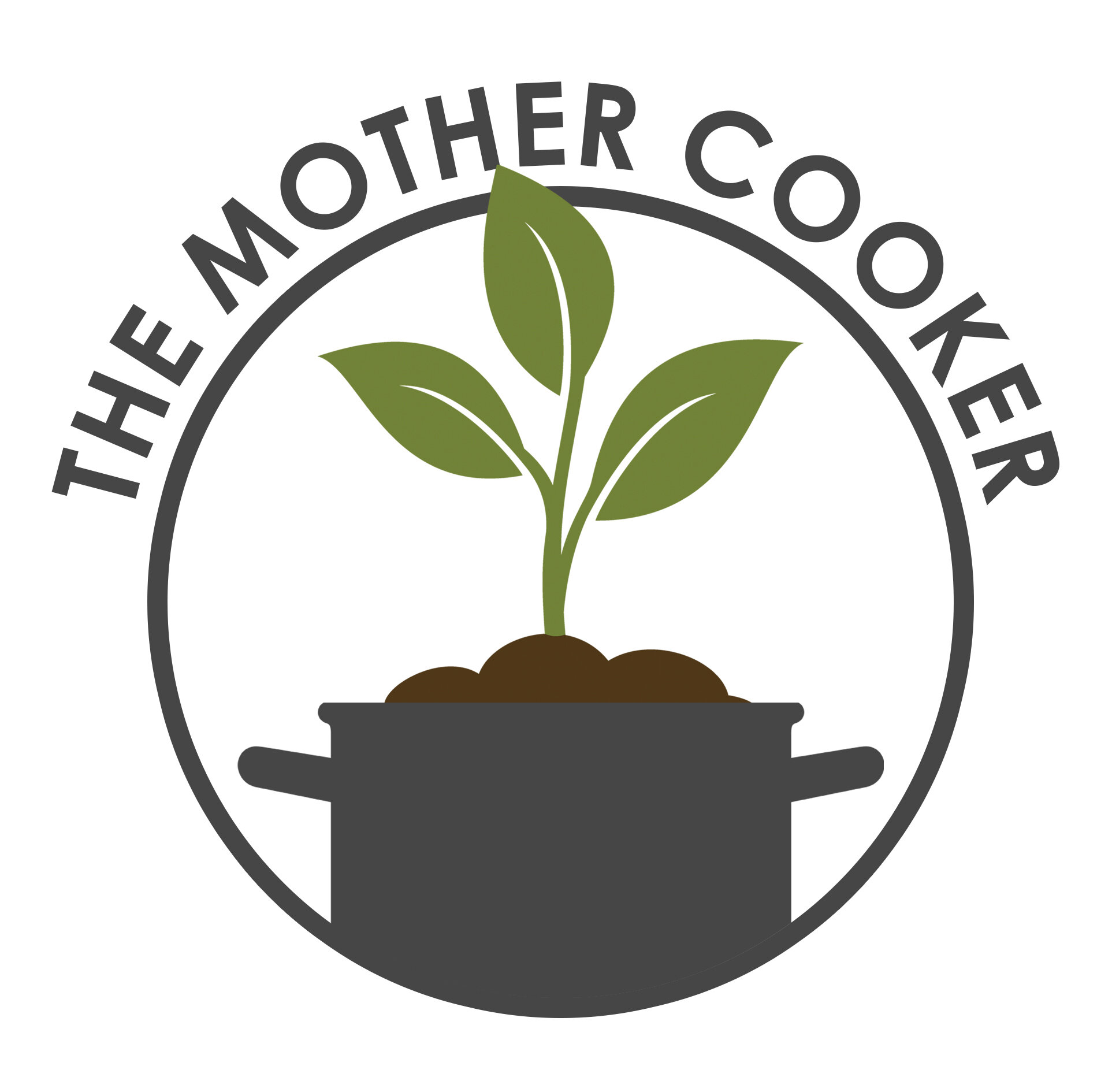Gardening Terms Explained
Gardening Terms Explained | The Mother Cooker
If you are a new gardener, there are a lot of terms and phrases to learn. I often forget that people might not have the slightest idea what I'm talking about when I say things like 'transplant' and 'pot on'. So today I thought I would create a post that explains and breaks down all of the most common gardening terms.
I really hope these help you understand gardening language. Gardening can be quite overwhelming when you have so much to remember. Perhaps print this out or save it on your phone? That way, you will always be able to understand the gardening lingo.
Most common gardening terms
Transplanting: is where you move one plant from its current position to a new one. This is most common when your seedlings are at a certain stage where they need more space or better conditions.
Seedling: a young plant raised from a seed.
Potting on: moving one plant from a smaller pot in to a bigger pot. This is to give the plant more space to grow and is often done before plants are ready to be put into their final growing position.
Annual: a plant that completes its life cycle in one season or year.
Perennial: a plant that lives for many years and will often die in the winter and re-grow in the spring.
Ericaceous: plants that need acid/low pH soil (acid-loving) and will not tolerate alkaline/high pH soils (lime-hating), such as rhododendrons, camellias, blueberries. Ericaceous compost contains no lime.
Organic matter: material of animal or plant origin – such as compost, leaf mould or manure. Used to improve soil structure and mulching.
Mulching: a layer of material applied to the top of the soil. Usually to help retain moisture, suppress weeds or improve the quality of soil.
Leaf mould: the product of slow decomposition of deciduous shrub and tree leaves. It is a form of compost produced primarily by fungal breakdown.
Pollination: the transfer of pollen from the male part of the flower (stamen) to the female part of the flower (pistil). Resulting in the formation of a seed, essential for good fruit production.
Bare-root: plants that have been grown in the ground, dug up during their dormant period and supplied without soil around their roots.
Dormant: a plant that is alive, but not actively growing. Basically like the plant is sleeping, a great time to move plants around in the garden.
Self-seeding: a plant that spreads and re-produces by the dispersal of its own seeds.
Topping off: trimming the main stem of a plant to encourage side shoots and a bushier, more productive plant.

